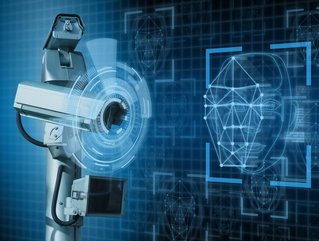AI outperforms humans at spotting biometric attacks

New research released by ID R&D, a provider of AI-based voice and face biometrics and liveness detection technologies, has found that humans have greater difficulty identifying images of biometric spoofing attacks compared to computers performing the same task.
Facial liveness detection protects face biometric systems from spoofing attacks. It does this by determining if the person in front of the camera is present (live) or someone presenting a printed photo, video, digital image, or using a mask to trick the system into thinking it sees the real person.
The team at ID R&D conducted the experiment using 175,454 images across five types of presentation attacks, including printed photos, digital displays, printed cutouts, 2D masks, and 3D masks.
The report, Human or Machine: AI Proves Best at Spotting Biometric Attacks, found that computers are more adept than people at accurately and quickly determining whether a photo is of an actual, live person versus a presentation attack.
Humans were outperformed by machines for all types of face biometric spoofing
Scoring 0% error rates across all the images and all types of attack, computers were more accurate than humans in tests of all five types of images. Humans had a far lower degree of accuracy for every type of spoofing technique, including misidentifying 30% of photo prints, one of the easiest attack types for fraudsters to execute, according to ID R&D.
On average, it took humans 4.8 seconds per image to determine liveness, whereas computers running on a single CPU took less than 0.5 seconds per image to determine liveness. Computers were also almost 10 times quicker to recognise a photo of a live person or a spoof.
Biometric technology can increase efficiency
In this study, the AI system classified just 1% of genuine faces as spoofs. Humans, on the other hand, misclassified 18% of genuine faces as spoofs, confirming that passive facial liveness detection is also better than humans at keeping genuine customers out of the fraud net.
The report noted that despite the strong performance of computers at spotting spoofs, fraud detection must not compromise the experience of genuine customers.
“The results are undeniable,” said Alexey Khitrov, CEO at ID R&D. “Biometric technology used for identity verification has evolved in recent years to increase speed and accuracy, now significantly outperforming the human eye. Organisations can achieve tremendous efficiencies by using identity verification systems that include a biometric component. However, there is still work to be done and we are excited to see biometrics helping to build consumer trust.”






